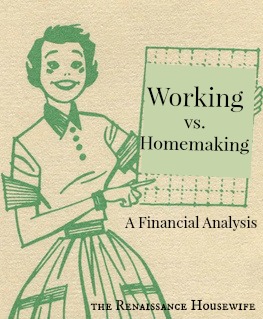I pulled out some colored chalk that I found at a garage sale to write my price sign this week. I think the illustrations add a nice touch.
Last week was also my birthday, and Hubs took me to a new farmers market to poke around. It was a smaller market, but only because all of the tents had been pushed together to make things look more attractive. There were plenty of people there. Instead of a hard-to-find market "office", there was a booth right at the front, with carts you could use to carry around produce. There was also some live music playing; two old guys with ukuleles, playing Beach Boys favorites. They did a good job. I really liked this market as a potential to sell at. The booth fee is $12 per week (slightly less for a seasonal fee) and it's held on a Tuesday evening. I don't mind working Saturday mornings, but it seems like everyone wants to have their wedding or baby shower on a Saturday, and I've had to miss some other things this year as well (or miss farmers market, and pay the $8 booth fee anyway). Almost nothing ever happens on a Tuesday night, though, so if I did this new market I would not miss as many weeks. Unfortunately the drive is about 10 minutes longer (both ways) than the drive to my current market is. But this new market seemed to have a better "vibe" than mine.
One thing I've noticed recently is that produce seems to be expensive. Maybe it's just because I'm used to getting free fruit & veggies from the garden, but apples are selling for at least $0.50 each. And it's apple season! Shouldn't they be cheap right now? Doesn't everyone have a friend of a friend with an apple tree? Medium-size pumpkins are selling for $6 or $7. The one thing I have found to be underpriced at markets are bell peppers. Walmart is charging something like $1 for green peppers and $1.67 for orange, red, and yellow peppers. I picked up four orange peppers for a dollar at the market. What a steal! I cut them into strips and froze them for stir fry and fajitas this winter. Nommy nommy!
The Bottom Line
Income
Pies: $7.00
Pumpkin Rolls: $18.00
Zucchini Bread: $15.00
Cashew Crunch: $5.00
Granola: $5.00
Cookies: $16.00
Jams: $17.50
Soap: $5.00
Total Income: $88.50
Expenses
Booth: $4.00
Tent: $5.00
Gas: $6.00
Costs of goods sold: $20.35
Total Expenses: $35.35
Total Profit: $53.15
Costs of goods not sold was $5.16 as follows: 1 bag of cashew crunch ($1.21), one apple pie ($1.45) and two loaves of pumpkin bread ($2.51).
A Matter of Cost
In making possible market plans for next year, I can't help but notice some glaring and subtle mistakes of 2015. The first mistake was not selling produce. Instead of spending time in my garden, I was stuck inside baking in the heat of summer. If I am doing a garden for myself anyway, why not plant a few extra plots to sell? But no, I chose to have split interests and spend half of my time doing something I would NOT normally do. When I was baking, I felt like I should have been enjoying the nice weather outside. When I was outside, I felt like I should have been in the kitchen doing prep work for farmers market.
In addition to the enjoyment factor, gardening would have cut my investment into the farmers market drastically. Instead of spending 20% of profits on ingredients, that number could have been more like 5%. Or even 1%. Seeds aren't very expensive, and we already have a nice orchard and strawberry patch here on the property.
A Matter of Timing
Another thing I've noticed is that our sales have been steadily high since late August and September. The first week of market in May and also Memorial Day weekend were good days as well, but many weeks in May, June, July and August brought in under $100. This makes me think that farmers market is very much a fall/harvest thing and not really a spring/summer thing. Would I have been better off to pay a higher booth fee and only attend September, October and a couple weeks in May?
Nobody wants baked goods in the summer, and I don't think it would be worth it to sell summer produce. Beans, peppers, zuchini, etc. do not sell for very much money. But FRUIT does! I do think it would be worth selling rhubarb, strawberries, and cherries for a few weeks in the spring, and then selling winter squash, pumpkins, apples, pears and baked goods in the fall. The only fruits growing in July are things like raspberries and blueberries, which are labor intensive to pick. I would rather just skip selling anything in July and August, and concentrate my efforts on spring and especially fall produce.
Til next time,
-Bethany
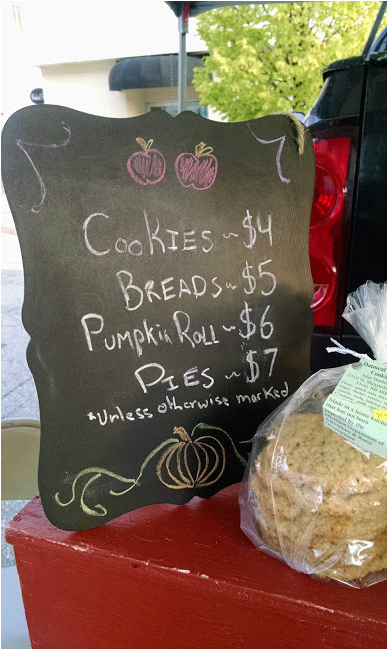




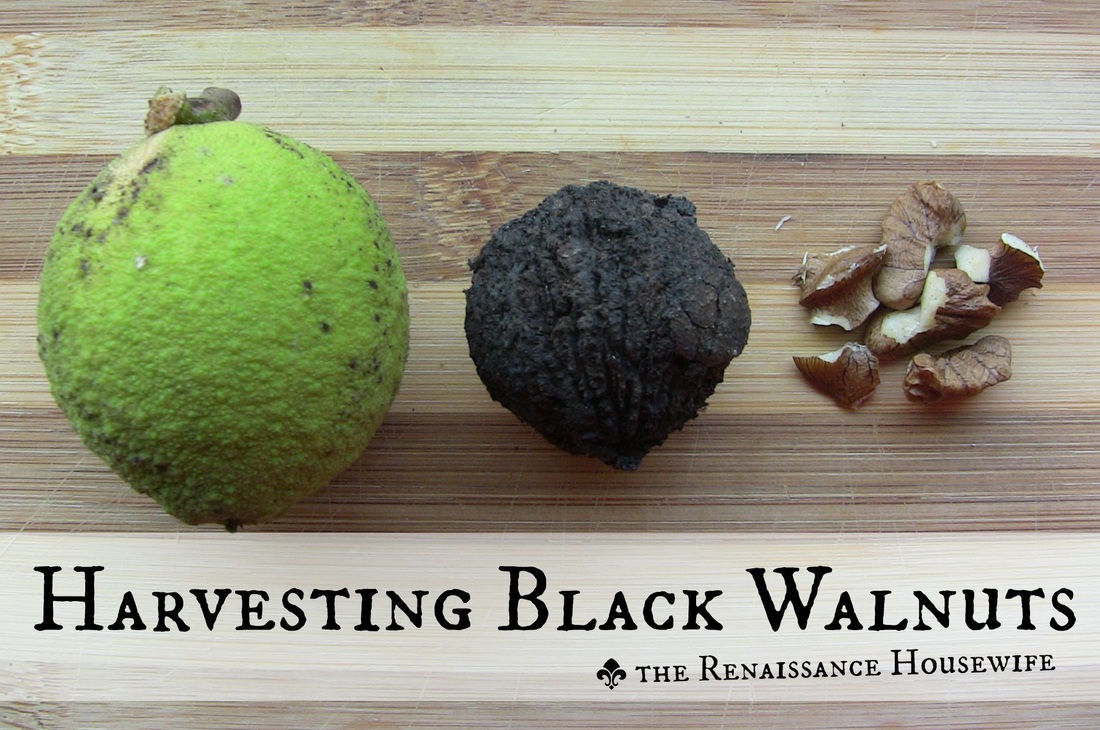


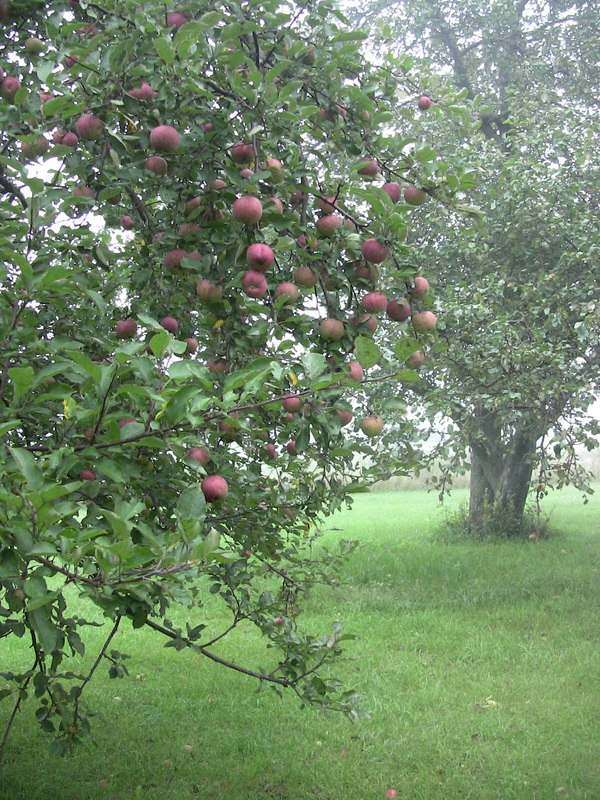


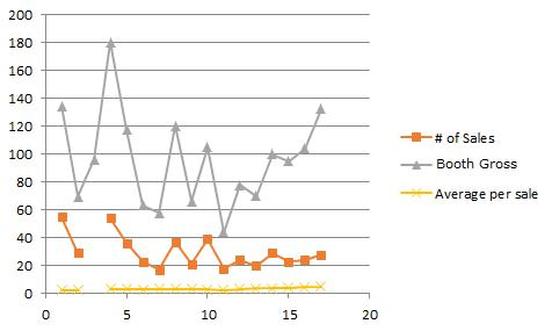
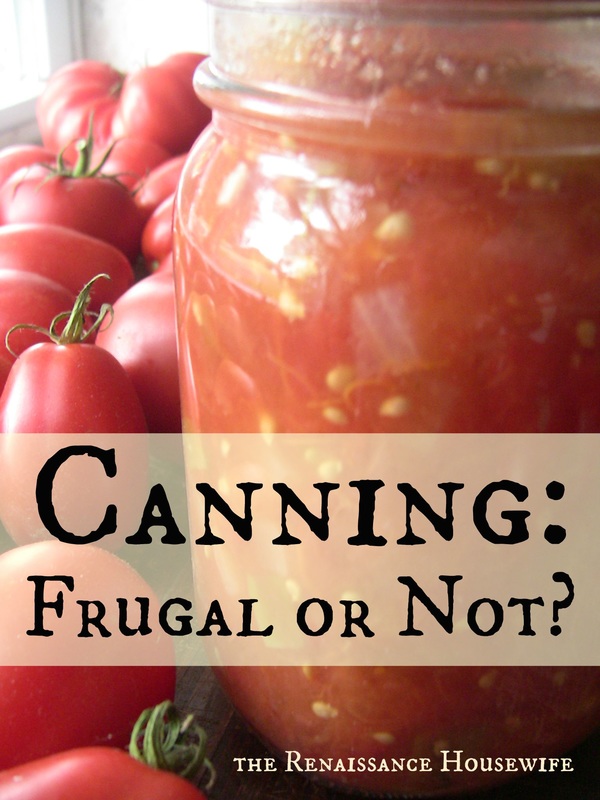



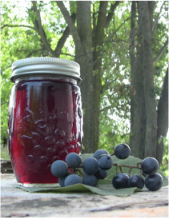

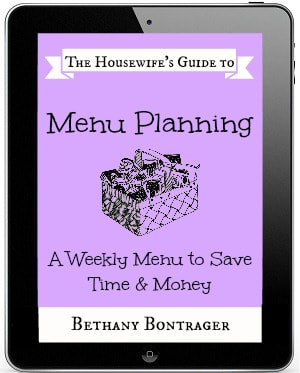
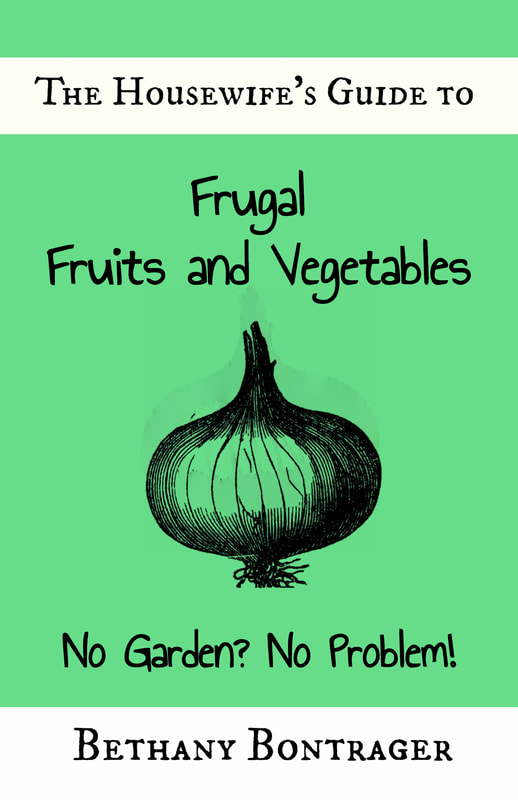

 RSS Feed
RSS Feed


